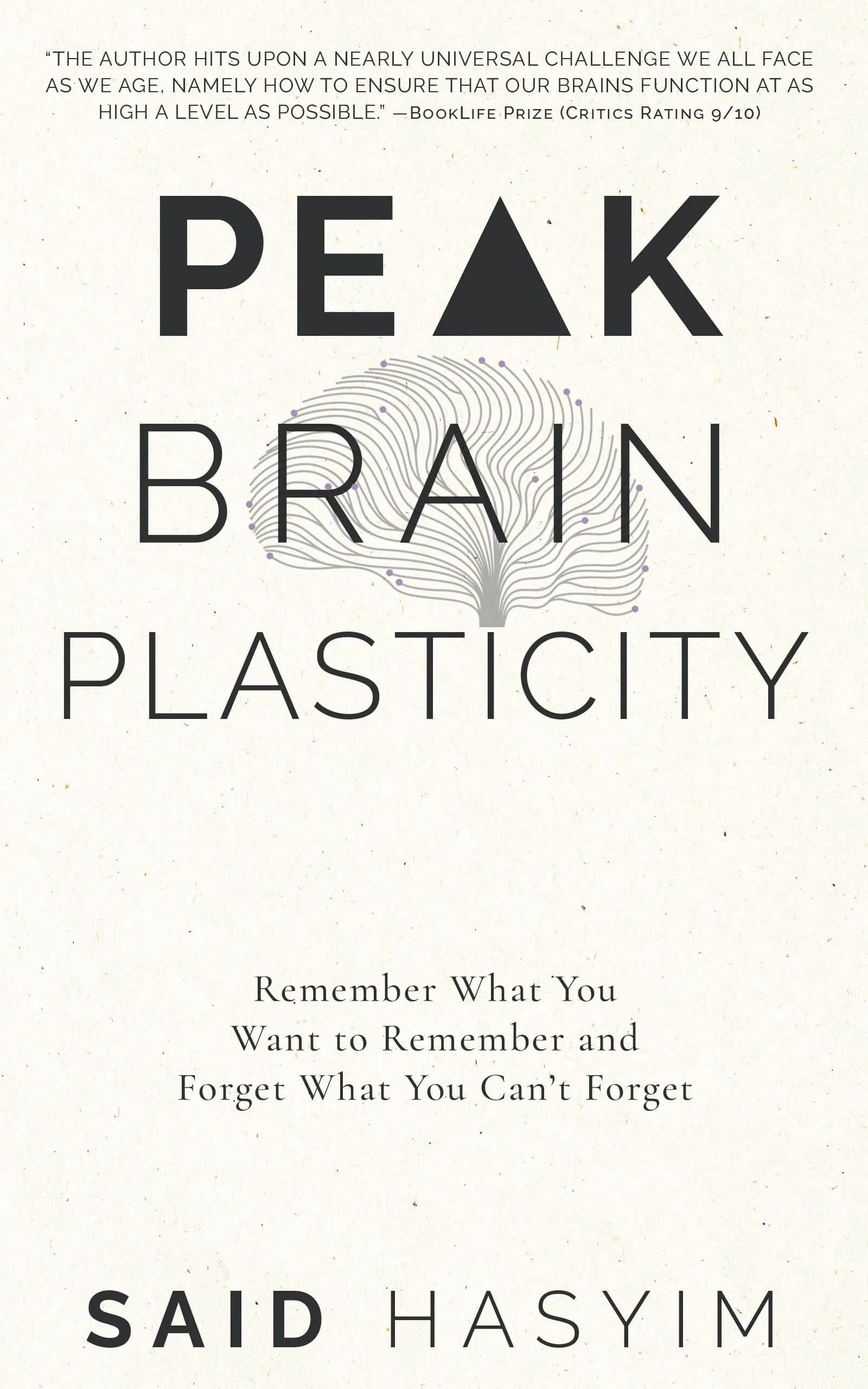Powerful Visualization Techniques for Better Recall
In a world abundant with information, our brains can often feel overwhelmed. Whether you're a student trying to memorize facts for an exam, a professional aiming to retain critical data, or simply someone looking to improve their memory, employing visualization techniques can significantly enhance your recall abilities. This blog post delves into powerful visualization strategies that can help improve your memory and make learning more effective and enjoyable.
Understanding the Power of Visualization
Before diving into techniques, it’s essential to understand why visualization works so well for memory recall. The human brain processes images faster than text. When we visualize information, we create mental imagery that our brains can easily retrieve later. This is primarily because the brain tends to remember images and experiences better than abstract concepts.
Additionally, incorporating visualization into your learning processes activates different parts of your brain, making information more meaningful and easier to access. Here are some key principles of visualization:
- Dual Coding: Visual and verbal information are processed through different channels in the brain, allowing for better retention.
- Association: Linking new data with familiar images or concepts can create stronger memory connections.
- Emotional Engagement: Emotionally charged images can create stronger memories compared to neutral ones.
The Science Behind Memory Recall
Memory recall involves three main processes: encoding, storage, and retrieval. Visualization techniques primarily enhance the encoding stage, helping you create stronger cognitive connections. When you convert information into visual formats, you facilitate better storage and simplify the retrieval process, allowing you to easily access what you've learned.
Powerful Visualization Techniques
Let’s explore several effective visualization techniques that can bolster your memory recall:
1. Mind Mapping
Mind mapping is a visual representation of information that organizes ideas hierarchically, showing relationships between concepts. Here's how to get started with mind mapping:
- Choose a central idea: Write down a main topic in the center of your page.
- Branch off: Create branches for subtopics that relate to the central idea.
- Use colors and images: Incorporate different colors and drawings to make the map visually engaging.
Mind maps are particularly useful for studying complex subjects because they allow you to see the bigger picture while still understanding the details.
2. The Method of Loci
The Method of Loci, also known as the memory palace technique, is a powerful mnemonic device used since ancient times. Here’s how to use it:
- Choose a familiar location: Imagine a place you know well, such as your home.
- Assign information to locations: Visualize the information you want to remember by placing distinct items or concepts in specific rooms or areas of your chosen location.
- Walk through the location: When recalling information, mentally walk through your memory palace, retrieving the stored information as you go.
This technique engages spatial memory, making it a particularly effective strategy for remembering lists or complex information.
3. Chunking with Visual Cues
Chunking involves breaking down large sets of information into smaller, manageable parts. This technique can be enhanced with visual cues:
- Identify chunks: Determine how to group information logically (e.g., group numbers, dates, or concepts).
- Create visual associations: For each chunk, create a unique image that represents it.
- Draw connections: Use arrows or icons to connect related chunks, reinforcing their relationships visually.
Chunking reduces cognitive load and enhances memory by allowing you to recall small groups of information rather than overwhelming details.
4. Storytelling and Narrative Visualization
Humans have told stories for centuries, and our brains naturally prefer remembering stories over isolated facts. To apply storytelling to memory retention:
- Create a narrative: Convert the information you want to remember into a story format with a beginning, middle, and end.
- Use vivid imagery: Make the story detailed by incorporating engaging sensory descriptions – what you see, hear, smell, and feel.
- Make it personal: Relate the story to your own experiences or emotions for added impact.
This technique helps put the information in context, making it easier to recall when you need it.
5. Visual Flashcards
Flashcards can be tailored to harness the power of visualization:
- Create visually appealing cards: Use colorful markers, images, symbols, and diagrams to make your flashcards memorable.
- Use spaced repetition: Review the flashcards at increasing intervals to reinforce memory and retention.
- Engage with the visuals: As you study, actively visualize the concepts represented on the cards, creating a mental link to the information.
Visual flashcards can be particularly effective for vocabulary memorization, language learning, and more.
Tips for Effective Visualization
When implementing these techniques, consider the following tips to optimize your visualization strategy:
- Be Consistent: Use these techniques regularly to reinforce the neural connections in your brain.
- Combine Techniques: Don’t hesitate to mix and match techniques based on the material and your learning preferences.
- Practice: Regular practice can enhance your visualization skills over time. Revisit what you’ve learned frequently to strengthen your memory.
- Incorporate Technology: Consider using digital tools or apps that facilitate mind mapping or flashcard creation, especially if you’re tech-savvy.
Conclusion
Visualization techniques offer a creative and effective way to enhance your memory recall, making learning an engaging experience. By incorporating methods like mind mapping, the Method of Loci, chunking with visual cues, storytelling, and visual flashcards, you can significantly boost your recall ability.
Remember, the key is to practice and find the methods that resonate most with you. As you begin to utilize these strategies, you'll likely discover that your ability to remember and retain information improves tremendously. With the right techniques in place, you'll be able to navigate the overwhelming world of information with confidence and clarity. Happy visualizing!
Harness the Power of Neuroplasticity
Discover Peak Brain Plasticity, a practical book to harnessing neuroplasticity. Enhance your memory, learn new languages quickly, and alleviate anxiety with effective study methods. Uncover daily habits that impact cognitive health and explore techniques for accelerated learning and memory retention. Unlock your brain's potential for growth and transformation.
